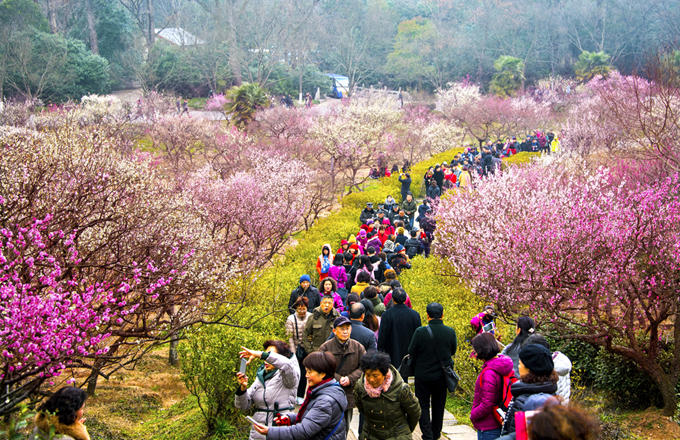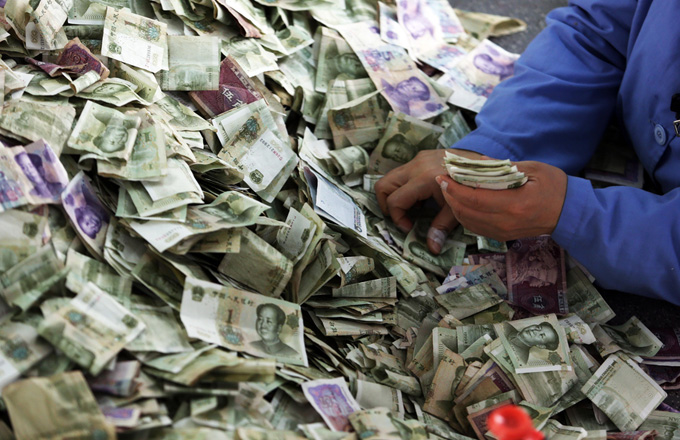Thriving Shenzhen tells tale of old man and the city
HIGH-TECH HUB
Years later, Shenzhen faced a new set of challenges.
To protect intellectual property, Shenzhen began cracking down on copycat phones in 2011. E-commerce and the construction of a pedestrian street also affected SEG's popularity. The city had to change again.
"At the worst time, the rent of a booth in SEG mall was cut by half, and 40 percent of booths were empty," Hu said.
Things changed from 2012 when Xi Jinping, general secretary of the Communist Party of China (CPC) Central Committee, took an inspection tour to Guangdong.
Xi said that China's reform had came to a juncture where it would be more complicated to tackle difficult issues, and the CPC had to use political courage and deepen reform in important areas.
SEG began cooperating with Internet and technology giants, including Tencent, Huawei and Alibaba, shifting its focus to "Chuangke" -- hands-on technology enthusiasts who use 3D printers, robotics and other advanced tools to create products. The innovation revolution has been under way.
In Huaqiangbei, San Francisco-headquartered HAX, a hardware accelerator, has attracted teams from the United States and Europe, as a platform helping developers.
At a roadshow outside the HAX office, Bitome from the United States presented its health monitoring products.
Herbert Ryan, a co-founder and CEO of Bitome in Shenzhen, admitted that R&D costs in the city were lower than in the United States. A printed circuit board costs around 700 yuan in the United States, but only 200 in Shenzhen.
Ryan learned about the HAX Shenzhen office in an American magazine. He said the HAX staff had provided lots of help for them to choose materials and seek manufacturers.
Jack Ge, a graduate from Imperial College London, worked with five team members to develop a lamp capable of improving sleep.
Ge, 23, did not know much about Shenzhen, but his friends recommended Huaqiangbei to him, claiming that all the best hardware talent was in Shenzhen.
Ge said that it takes one month to make a prototype in Britain, but it takes half the time and one-third of the cost in Shenzhen.
"Even people behind the booths at Huaqiangbei have a good knowledge of hardware," Ge said.
Ge's team intend to register a company in Shenzhen.
The move to a more innovative economy has not just been with HAX and in Huaqiangbei but throughout Shenzhen. Cutting-edge technology is now a cornerstone of the city.
Shenzhen's transformation has been nothing short of miracles.
Chen Xitian remembers Deng Xiaoping standing by the side of the Shenzhen River in 1992 in the cold wind, gazing upon Hong Kong on the other side.
Deng Xiaoping died on Feb. 19, 1997, about four months before Hong Kong's return to the motherland.
On Jan. 3 this year, a memorandum was signed between Shenzhen and Hong Kong. The land Deng looked at 25 years ago will soon become a technology park.
It was a long and winding road, and few people knew exactly where the constant changes in Shenzhen would lead. However, there are solid and certain things. A huge portrait of Deng Xiaoping in the city is emblazoned with large red Chinese characters featuring: "Stick to the Party's basic line unwaveringly for 100 years."


















